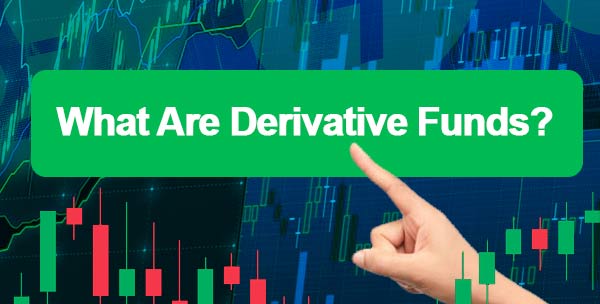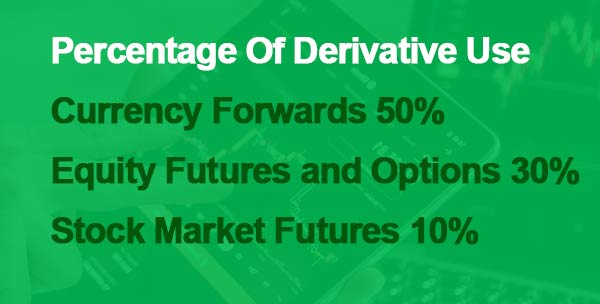
The value of a derivative derives from and is dependent on the value of an underlying asset, according to the definition of derivative products. They are a method for gaining exposure to an asset, which is typically a commodity, currency, or index, stocks, or bonds. Investors who are interested in the managers and asset classes of their choosing can gain individualised access through the use of fund derivatives.
The value of an underlying asset, instrument, or index can be used to determine the value of derivatives, which are financial instruments that are based on agreements or contracts. They frequently contribute to the success of risk mitigation and/or hedging strategies. Other goals can also be accomplished with the help of derivatives, such as gaining exposure to a market sector in which direct investment is impossible.
Fund-linked derivatives have the potential to provide investors with a single point of entry while also offering asset managers an attractive delivery tool. They take long-dated exposures to inflation and combine them with the alpha returns from hedge funds. A derivative's underlying security may be an index, equity share, bond, currency, or any other security. It may also be a commodity.
Risks that can be associated with derivatives include those pertaining to liquidity and interest rates, as well as market risk, credit risk, and management risk. The risk of leverage is also present in the trading of derivatives and forward-settling securities. It's possible that some mutual funds only use them in a very limited capacity, while others incorporate them into their overall investment strategy.
Hedge funds, also known as mutual funds, make use of derivatives to protect their equity investments. Derivatives are extremely flexible and intricate instruments that can be utilised in a variety of contexts. However, they also carry a significant potential for danger. If you need help determining whether or not derivatives belong in your investment portfolio, talk to a professional financial advisor.
An examination of data from UCITS reveals that the propensity to trade derivatives is deeply ingrained in asset management traits. Equity funds generally trade three forms of derivative contracts: currency forwards (which account for 50% of all trades), equity futures and options (which account for less than 30% of transactions), and stock market futures (which accounts for 10% of trades).

Derivatives can be broadly categorised into four categories: forwards, futures, options, and swaps.
A forward contract is created when two parties resolve to transact. This agreement is unique to their particular transaction and is not transferable to another party. You eliminate the chance of rice prices lowering by locking in the price right away. You will only receive what your contract entitles you to, even if prices increase.
An agreement known as a future requires both parties to acquire or sell the underlying security at a predetermined future date and price. Futures contracts, in contrast to forward contracts (which are individualised contracts), are standardised and traded on stock exchanges like the FTSE 100 in London.
A contract known as an option grants the buyer the right to purchase or sell the underlying securities at a certain price (strike price). The option is not required to be exercised by the buyer. He can just let the option expire, but he will forfeit the premium.
A 'call' option can be purchased if the option buyer believes that the price of a currency, stock, or index will increase. An option to buy a security at a certain price is known as a call. If the underlying price decreases, the buyer exercises the option and makes a profit.
A swap is a legal agreement that allows two parties to trade financial items. The majority of swaps involve cash flows based on an agreed-upon notional principle amount. Usually, this is done to protect against interest rate risks or to take a position based on the anticipation of a change in primary pricing.
The three main uses of derivatives are hedging, speculation, and arbitrage.
Selling an Example Ltd. future will hedge the stock's price decline, allowing a fund to protect itself. When the price drops, the future is sold, generating a profit equal to the brief loss suffered by the Example Ltd. shares.
Instead of buying or selling the underlying security, you can speculate with derivatives by taking bullish or bearish positions through futures and options. Despite not owning ABC Ltd, you anticipate a decline in its price. You can close out your trade and profit if the price drops.
Derivatives can be used to take advantage of market imperfections. This can be accomplished by taking advantage of pricing differences between markets.
A covered call is when a shareholder writes a call option with the same value over a stock that he already owns. This limits the potential gains that an equity fund can make on its holdings. Due to the fact that the fund owns the underlying stock, no additional risk is imposed on it.